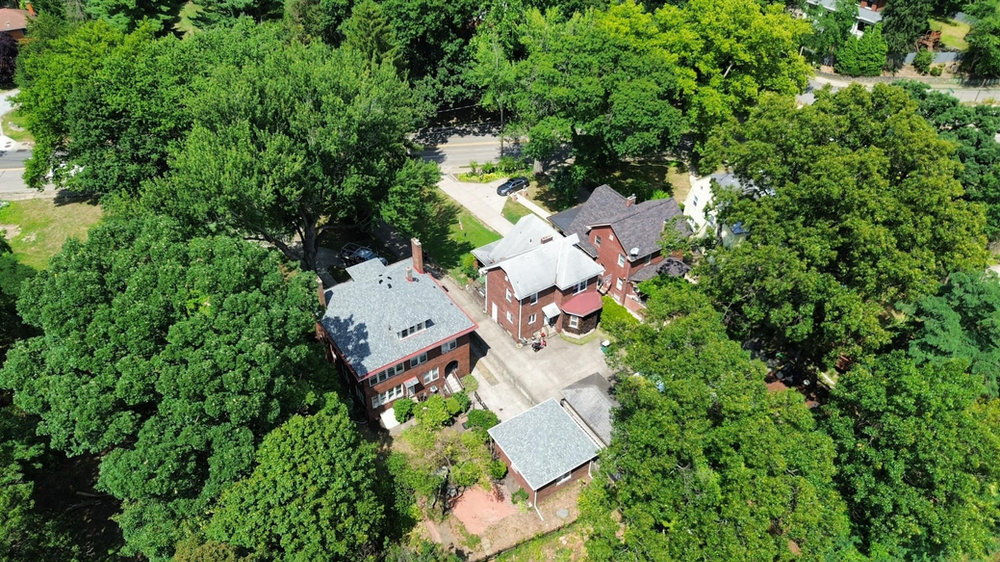In the quest for creating an energy-efficient home, one vital yet often overlooked element is the roof design. Not only does the roof protect the home from external elements, but it also plays a significant role in regulating the internal temperature and overall energy consumption. Understanding the impact of roof design on home energy efficiency is crucial for homeowners looking to reduce their carbon footprint and cut down on utility bills.

Why Roof Design Matters
The design of a roof is more than just its aesthetic appeal. Different roof styles and materials have varying effects on energy efficiency. One of the primary considerations is the insulation capacity of the roof. Proper insulation helps in maintaining a steady temperature inside the house, reducing the need for artificial heating or cooling.
Flat roofs, for instance, are known for their minimal insulation capabilities compared to pitched roofs. This design can lead to more heat loss in the winter and increased heat gain in the summer. On the other hand, pitched roofs allow for better insulation options, helping in conserving energy throughout the year.
The Role of Roofing Materials
Apart from the design, the choice of roofing materials also influences energy efficiency. For example, metal roofs are gaining popularity due to their reflective properties, which help in reducing heat absorption. This reflects in lower cooling costs during hot summers.
Another eco-friendly option is green roofing, where plants are grown on the roof's surface. Green roofs act as natural insulators, improving energy efficiency by reducing heat transfer and enhancing air quality. Moreover, green roofs can absorb rainwater, decreasing the load on drainage systems and reducing the risk of flooding during heavy rains.
Solar Panels and Energy Generation
Roofs can also be utilized as platforms for generating renewable energy. Solar panels, when installed on the roof, harness sunlight to produce electricity, reducing the reliance on traditional power sources. This not only cuts down energy costs but also contributes to a sustainable environment.
Properly designing the roof to accommodate solar panels is crucial for maximizing energy generation. The angle and orientation of the roof play a key role in determining the efficiency of solar panels. A south-facing roof with minimal shading is ideal for capturing the maximum sunlight throughout the day.
Ventilation and Air Circulation
In addition to insulation and materials, proper ventilation is essential for maintaining energy efficiency. Adequate airflow in the attic space helps in preventing heat buildup, especially during hot weather. Without proper ventilation, trapped hot air can seep into the living areas, necessitating more cooling energy.
Roof designs that incorporate ridge vents, soffit vents, or roof louvers facilitate natural ventilation, allowing hot air to escape and cooler air to circulate. This passive cooling technique can significantly reduce the need for air conditioning and improve indoor comfort levels.
The impact of roof design on home energy efficiency is multifaceted. From insulation and roofing materials to solar panels and ventilation systems, every aspect plays a crucial role in creating an energy-efficient living space. By choosing the right roof design and materials, homeowners can not only lower their energy bills but also contribute towards building a sustainable future.
Next time you look at your roof, remember that it's more than just a cover over your head—it's a key player in the energy efficiency of your home.
Remember, when it comes to sustainable living, every aspect of your home matters, even the one that's right on top of you!
